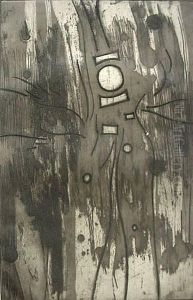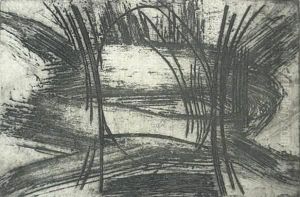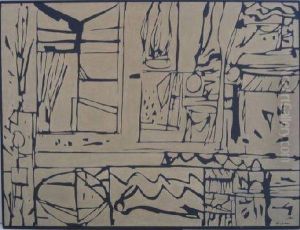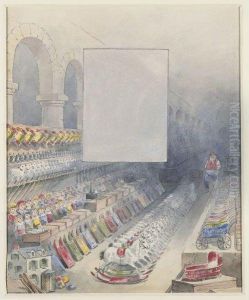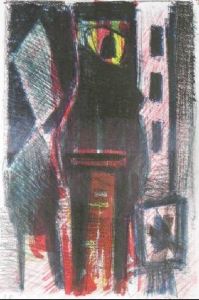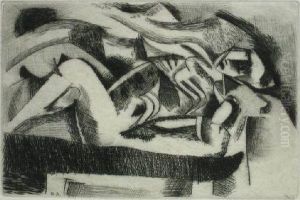Richard Andree Paintings
Richard Andree, born in Braunschweig, Germany, in 1835, was not only an accomplished geographer and ethnographer but also made his mark as an artist through his detailed ethnographic maps and illustrations. His contributions to the field of geography and ethnography were profound during the 19th century, a period that saw significant advancements in these disciplines. Andree's work was particularly notable for its focus on the cultural and social aspects of geography, distinguishing him from his contemporaries who were more inclined towards the physical aspects of the discipline.
After completing his education, Andree devoted himself to geographical and ethnographical studies, contributing significantly to the understanding of different cultures and societies. His travels and research fueled his passion for illustrating the diverse ways of life he encountered, blending his artistic talents with his scientific interests. This unique combination allowed him to produce works that were not only scientifically accurate but also visually engaging, making his findings accessible to a broader audience.
One of Richard Andree's most significant contributions was his involvement in the publication of Andree's Allgemeiner Handatlas, a comprehensive world atlas that was highly regarded for its accuracy and detail. Although primarily known for his contributions to geography and ethnography, Andree's artistic abilities were evident in the meticulous maps and illustrations that accompanied his research. His work remains a valuable resource for historians and geographers, offering insights into the cultural and social landscapes of the 19th century.
Richard Andree passed away in 1912, leaving behind a legacy that bridged the gap between art and science. His life's work exemplifies how artistic talents can enhance and disseminate scientific knowledge, making significant contributions to the understanding of our world's diverse cultures and geographies. Through his maps and illustrations, Andree not only documented the world as he saw it but also paved the way for future generations of geographers and ethnographers to explore the rich tapestry of human society.
